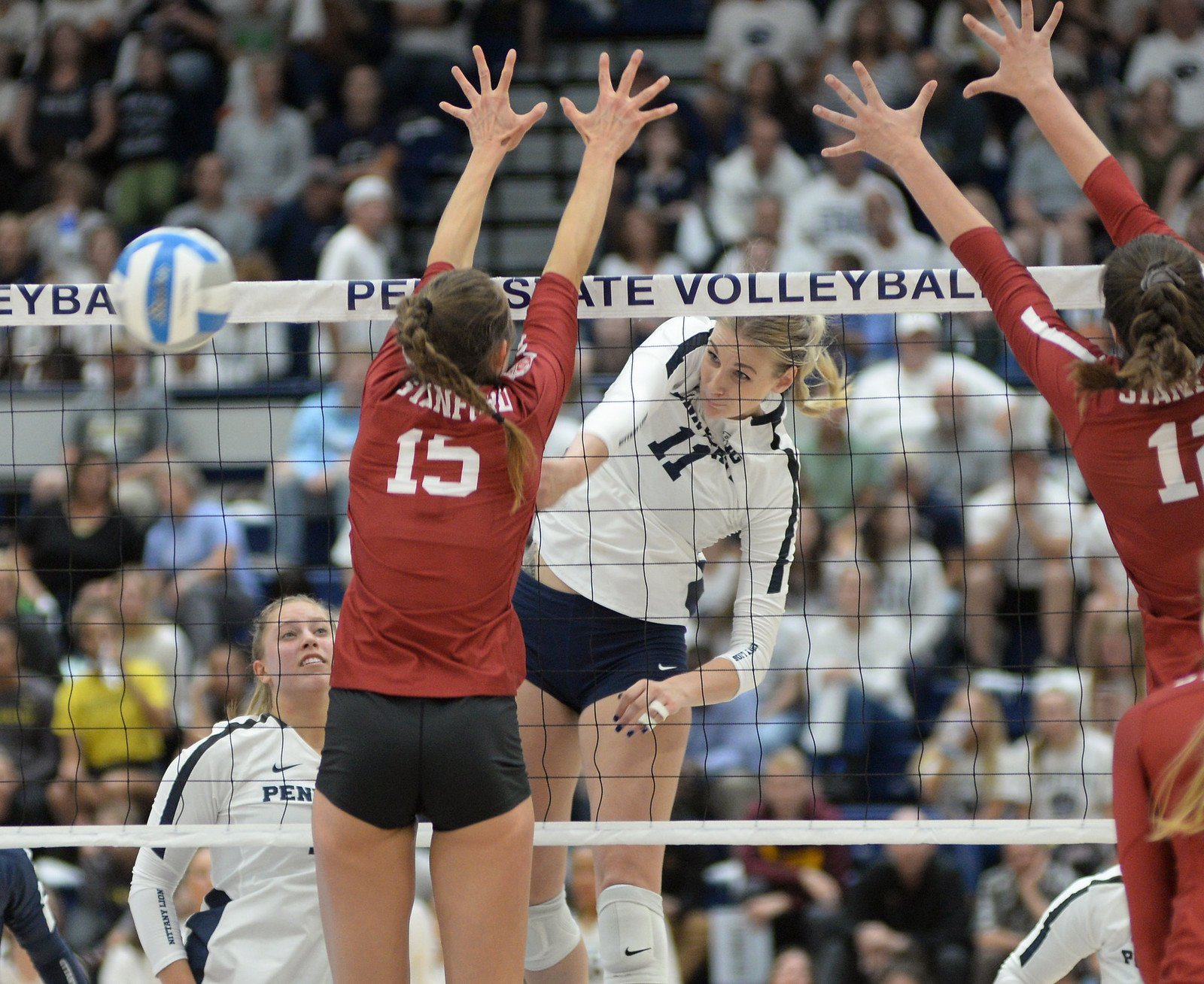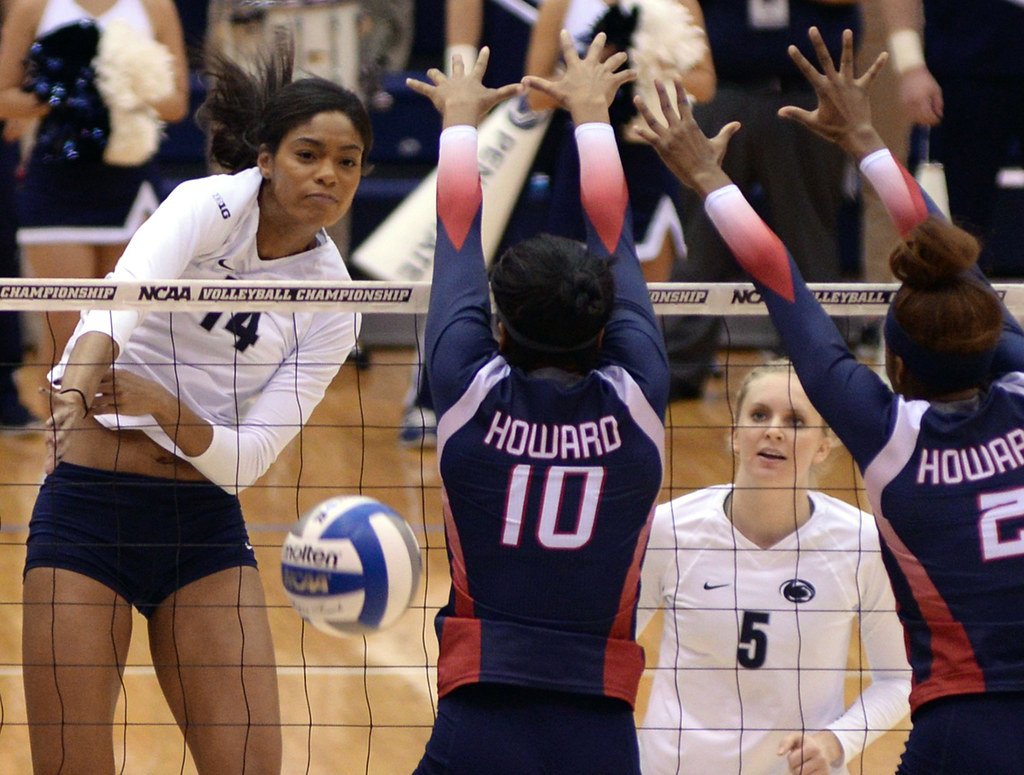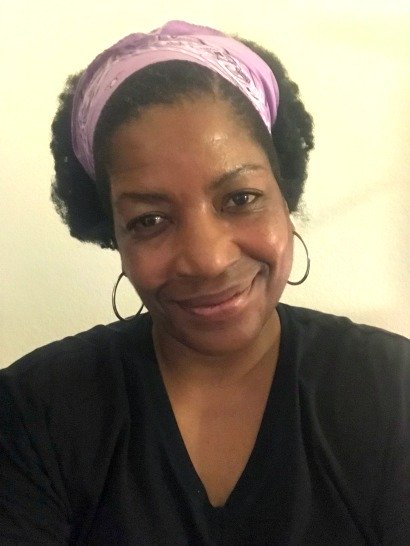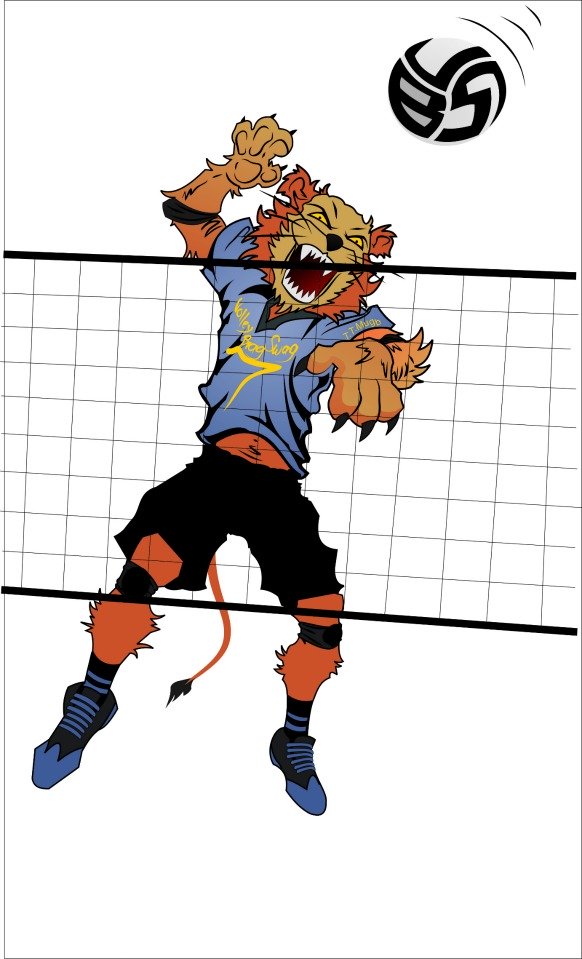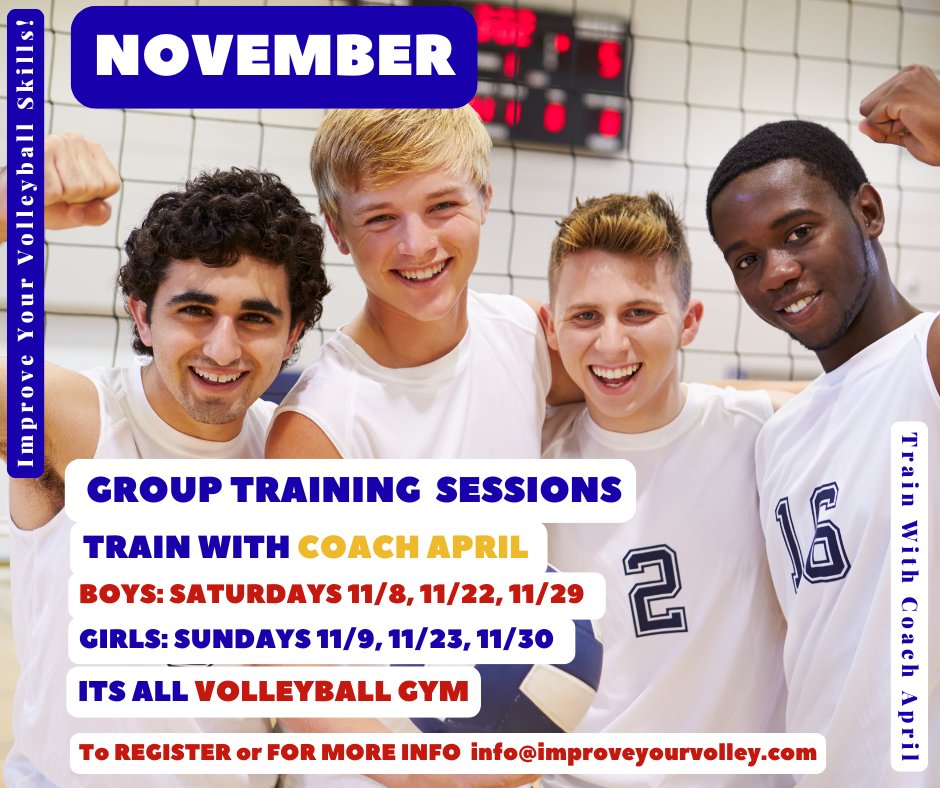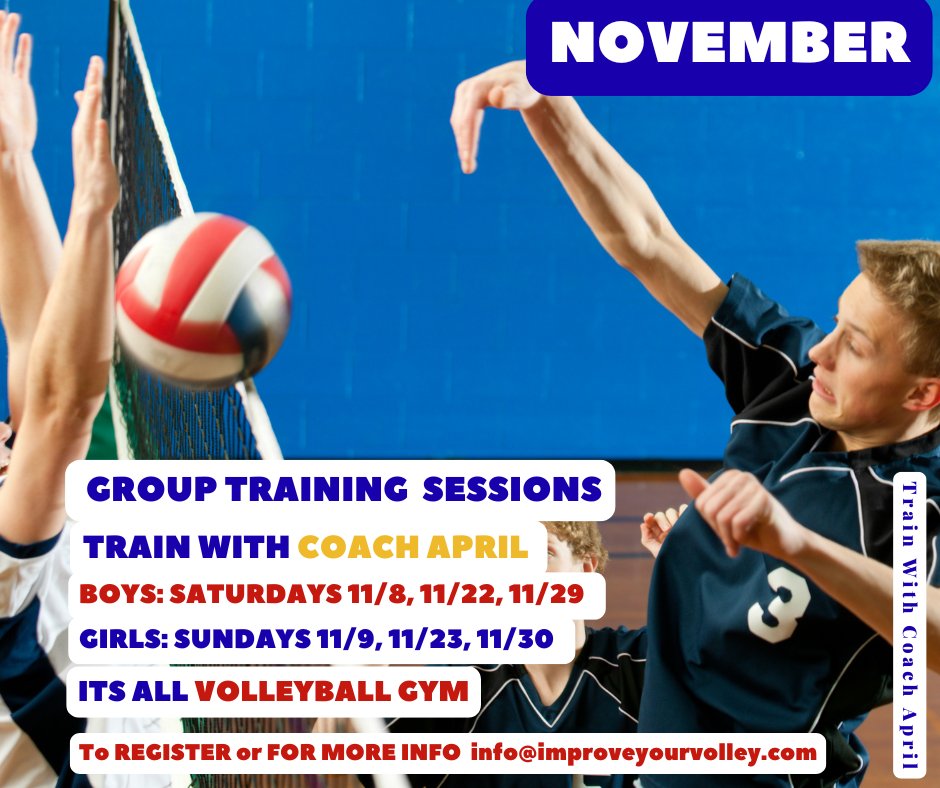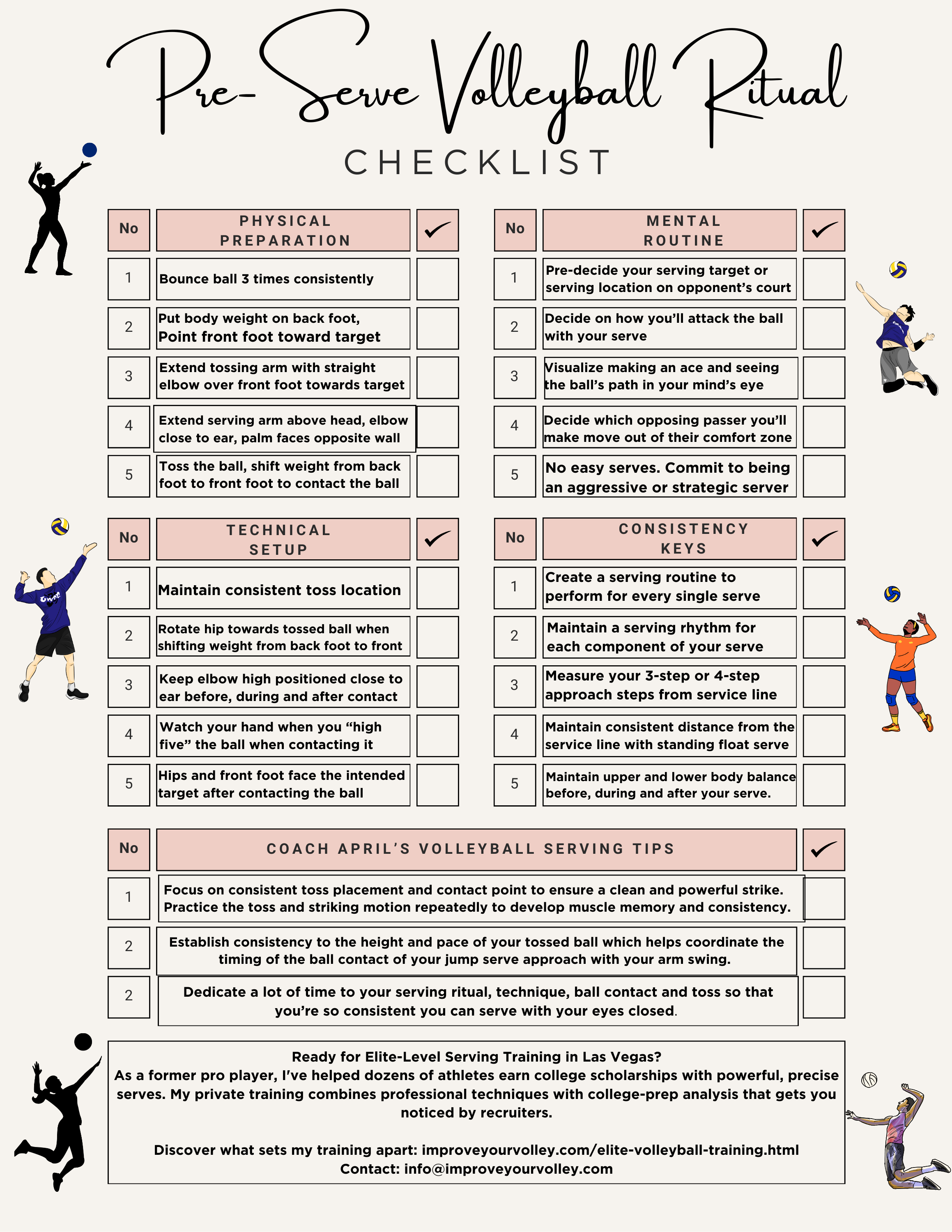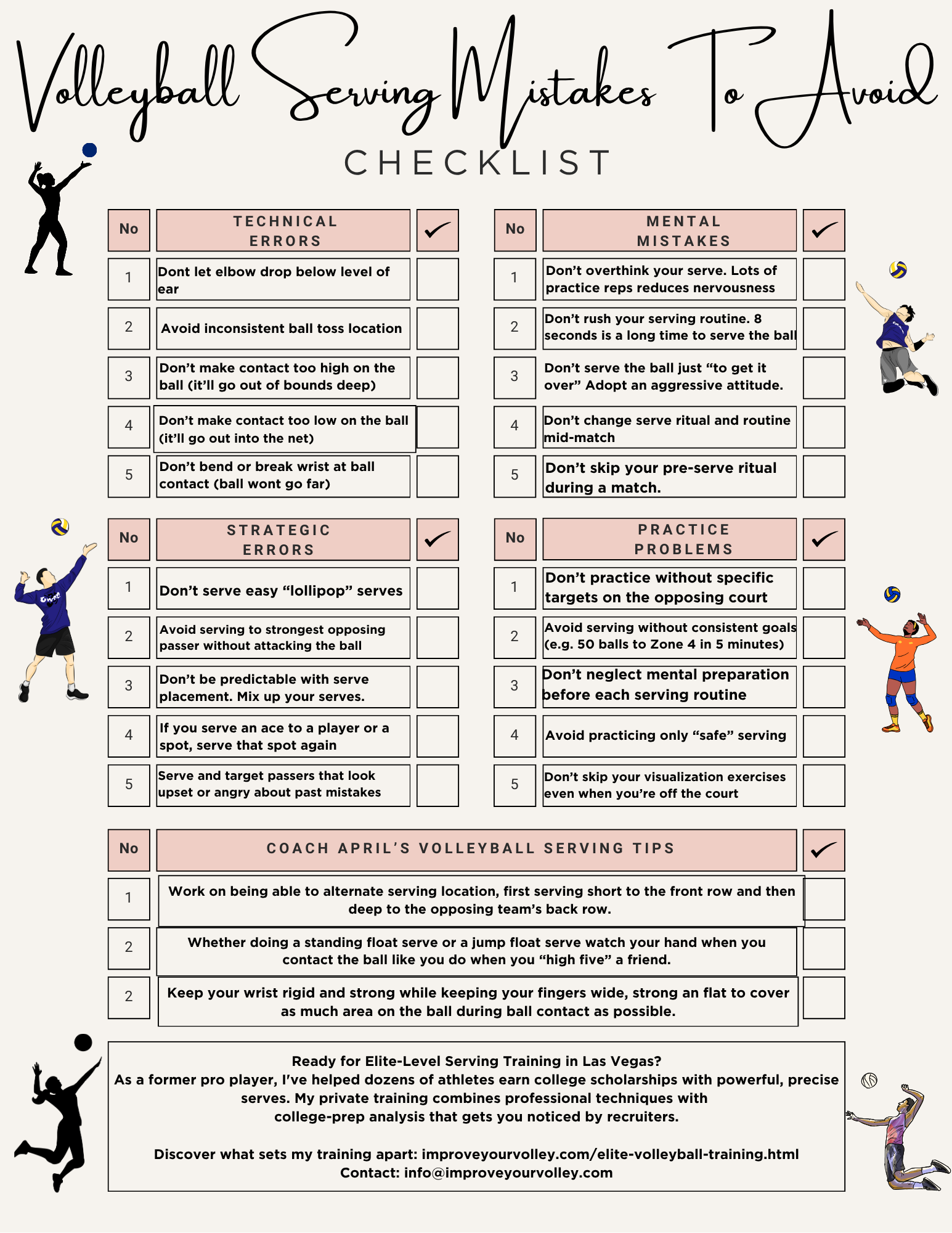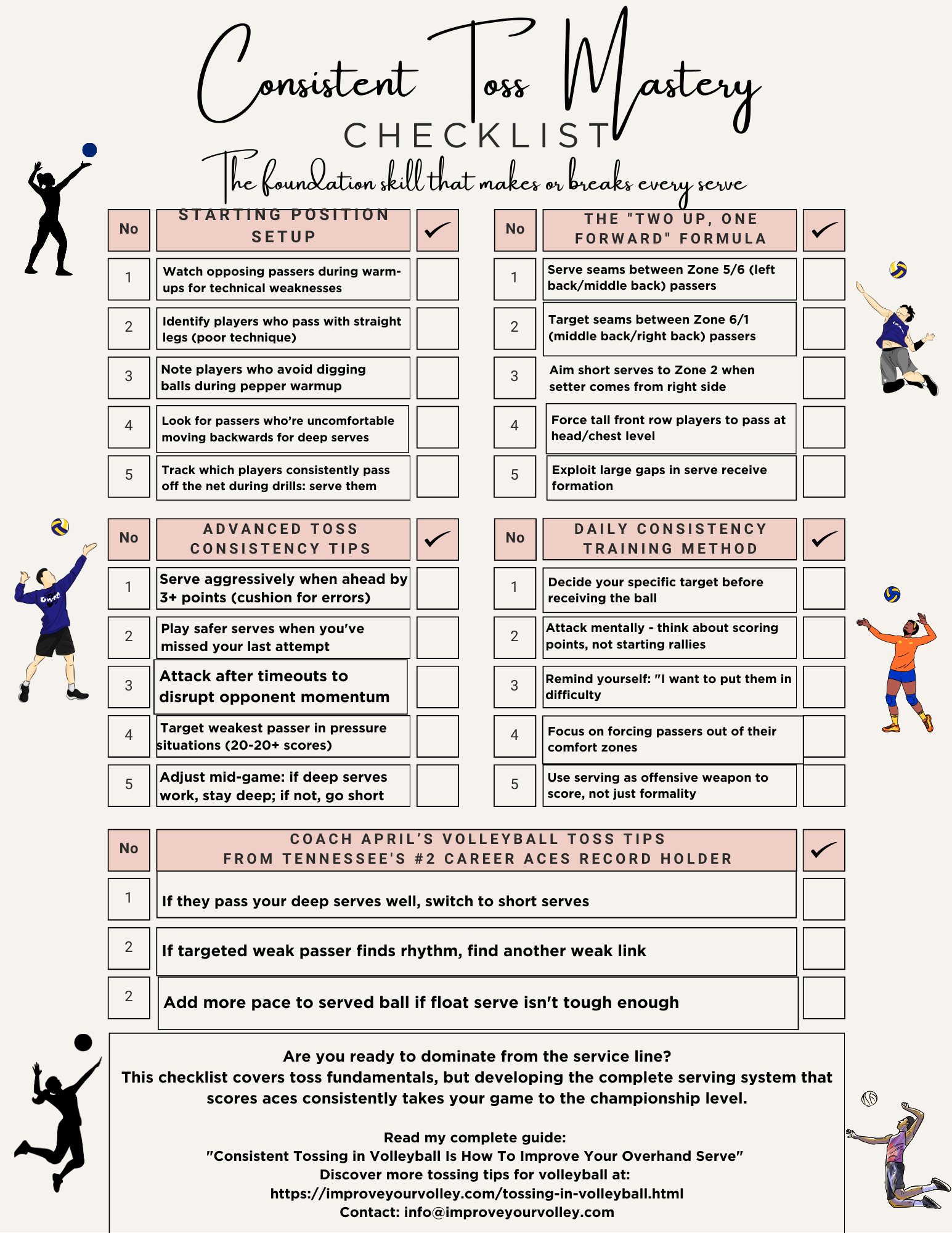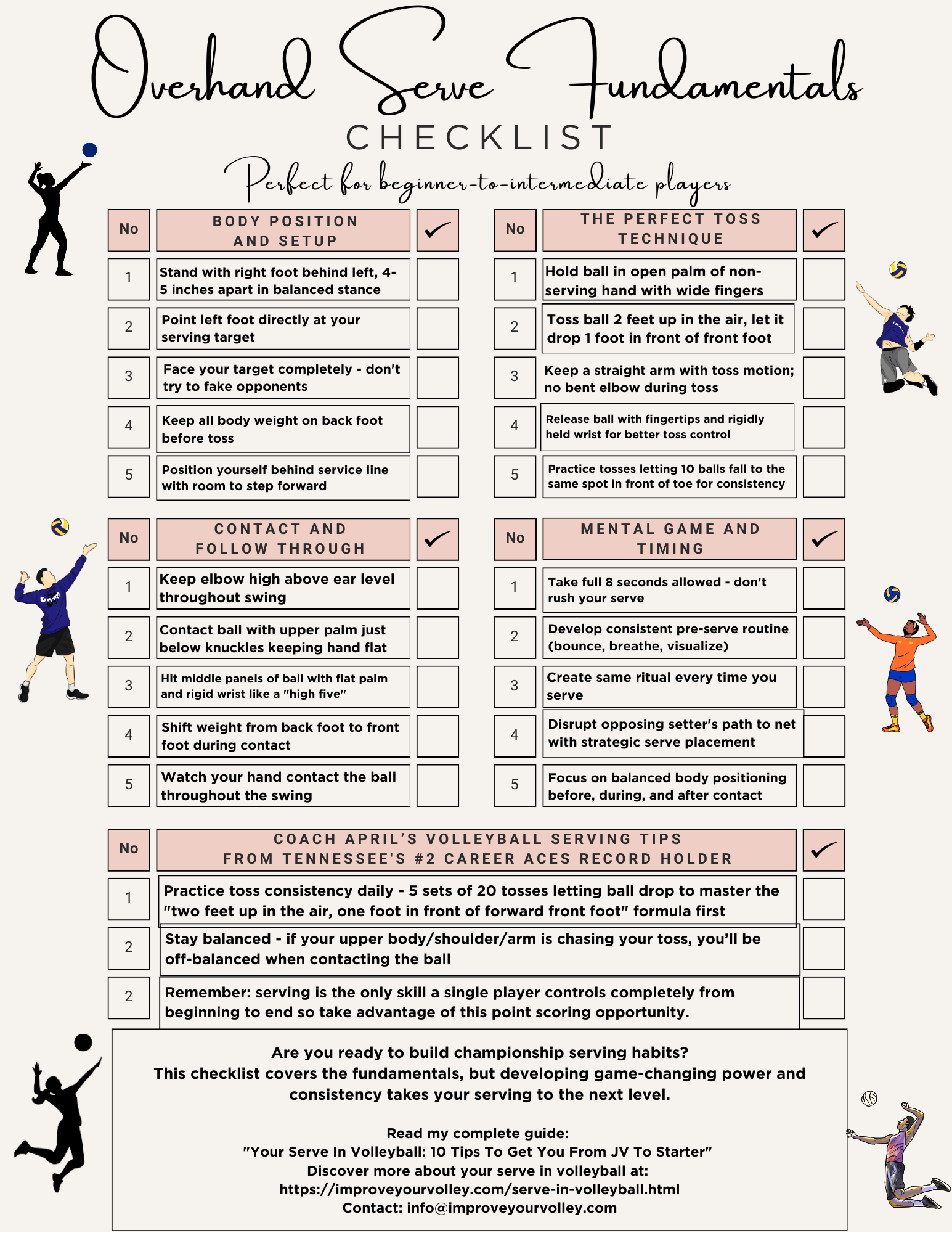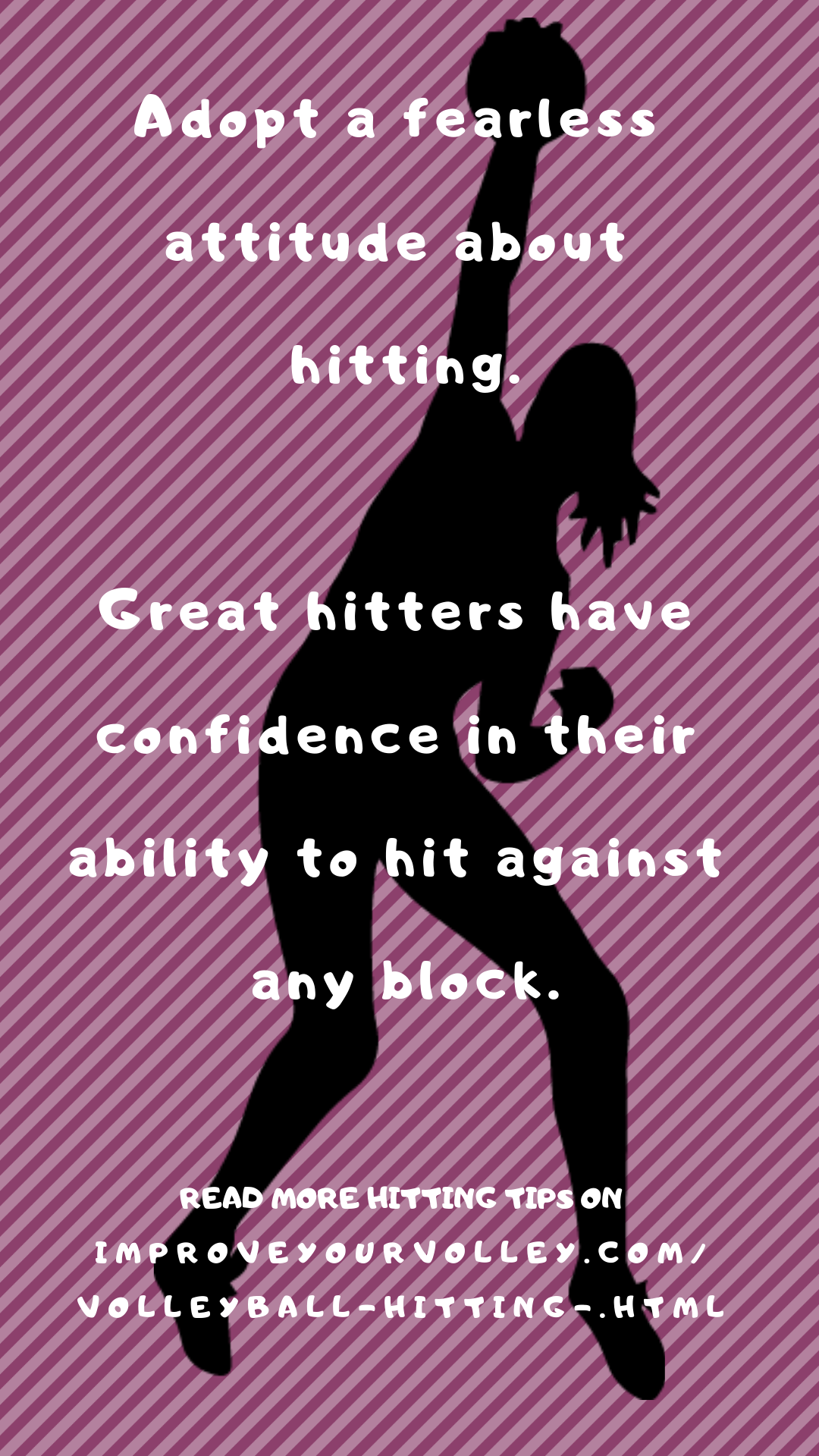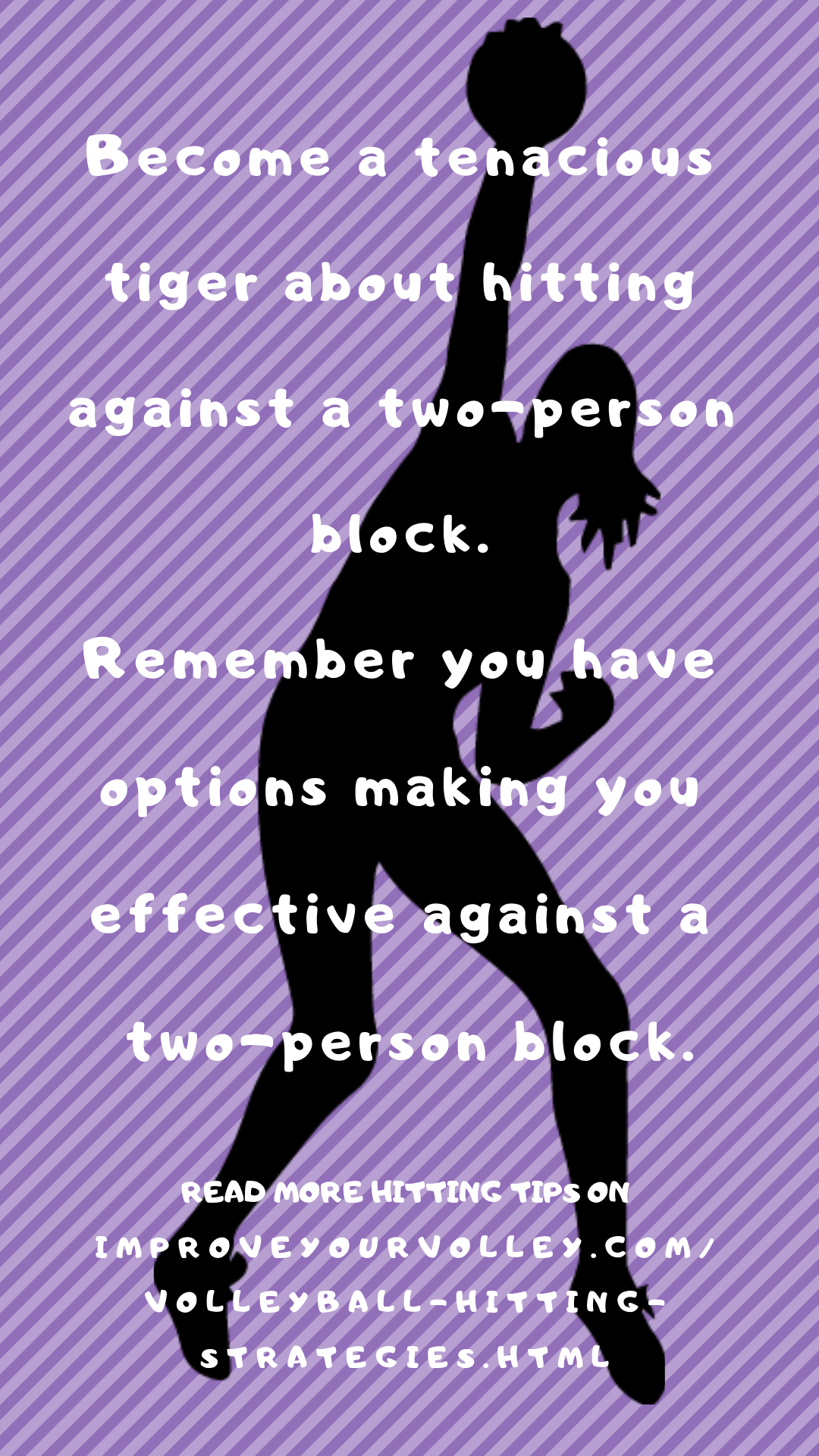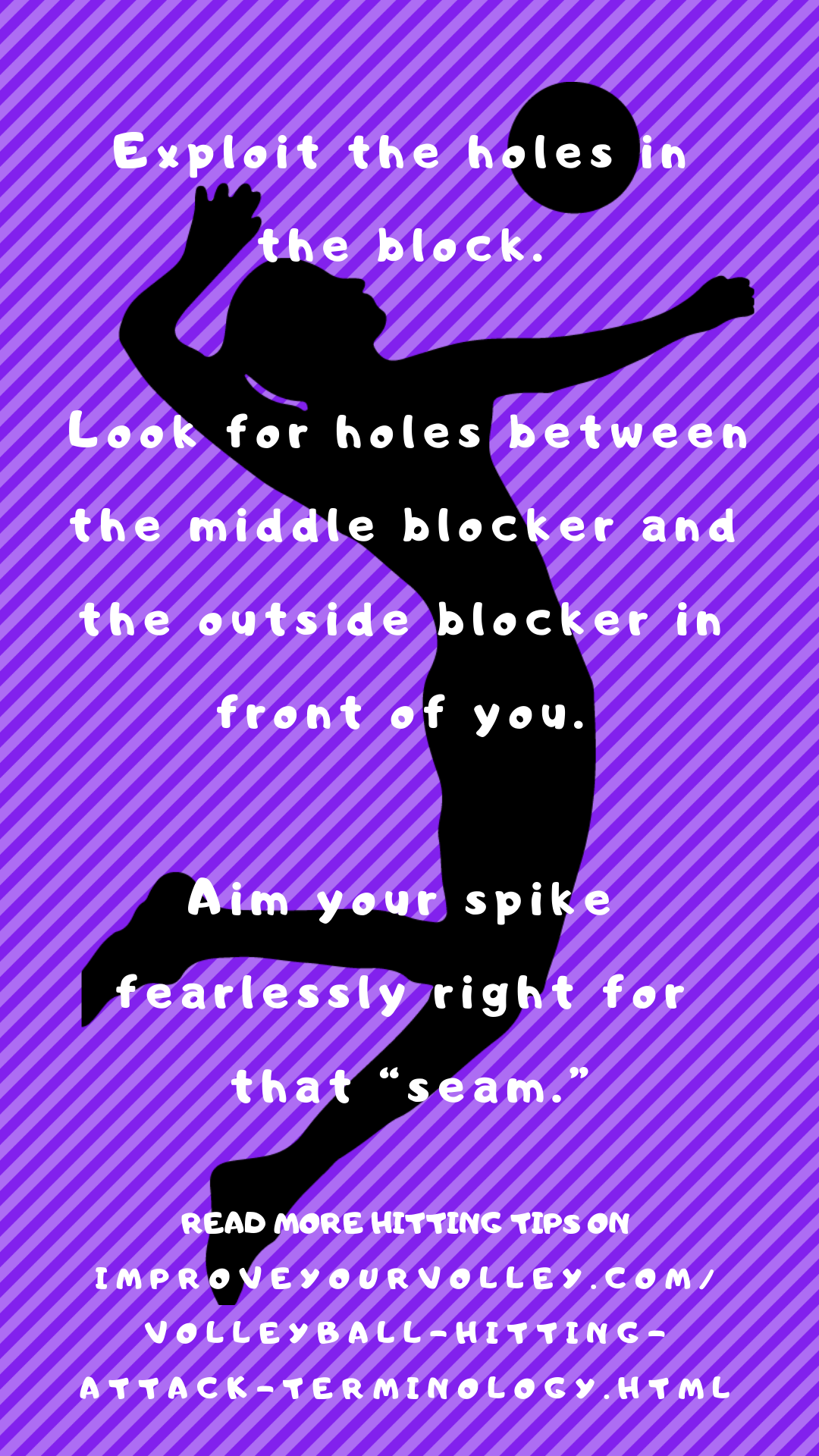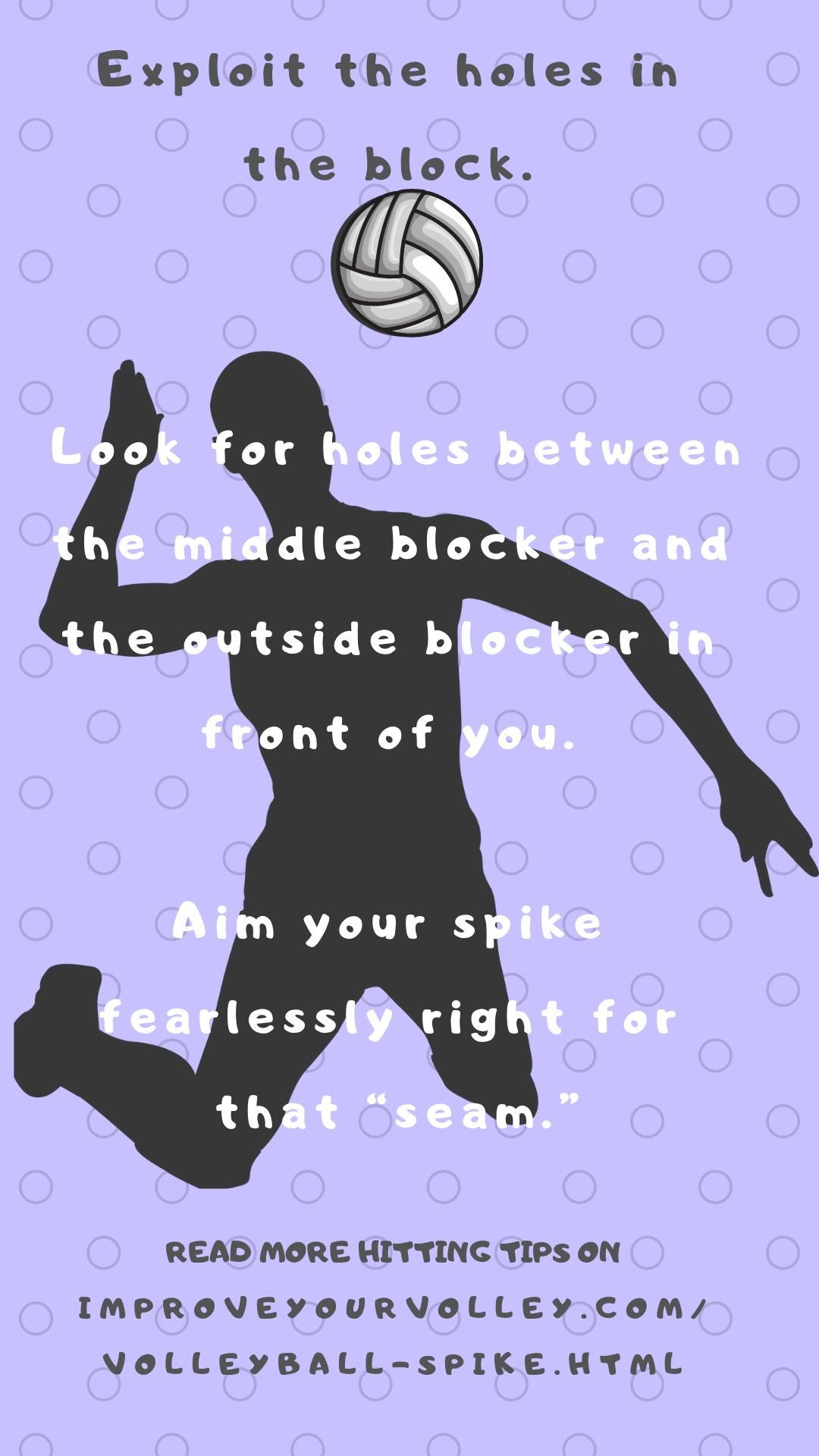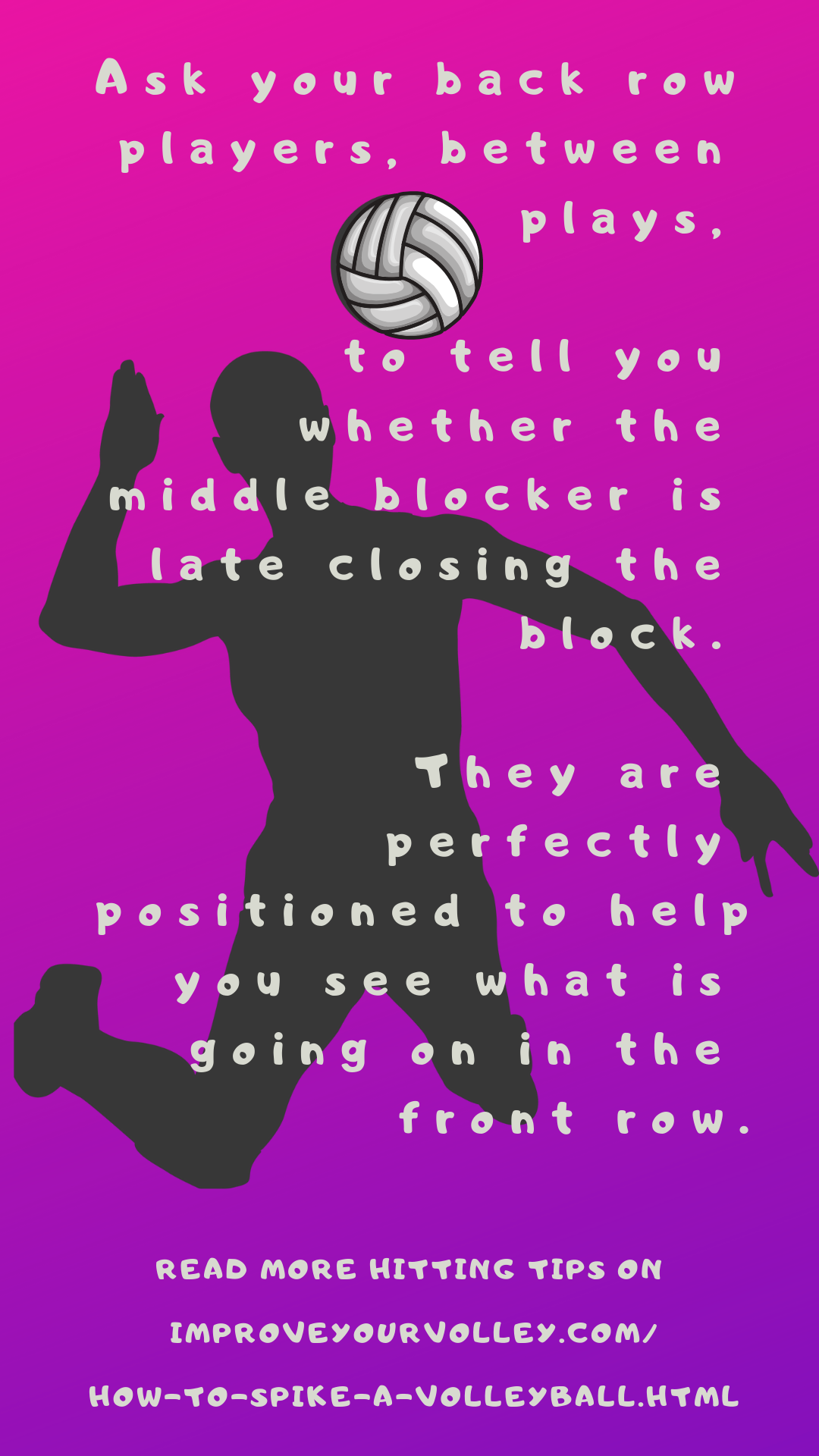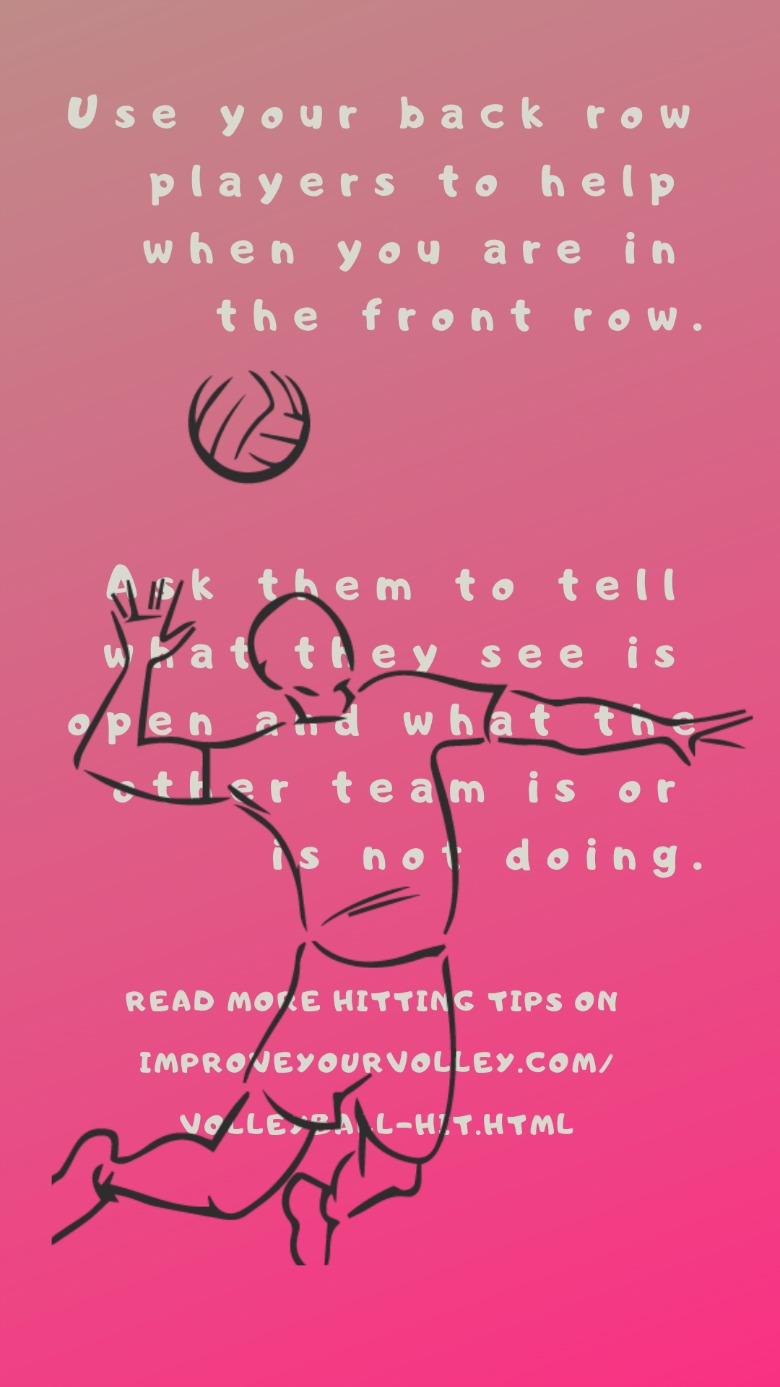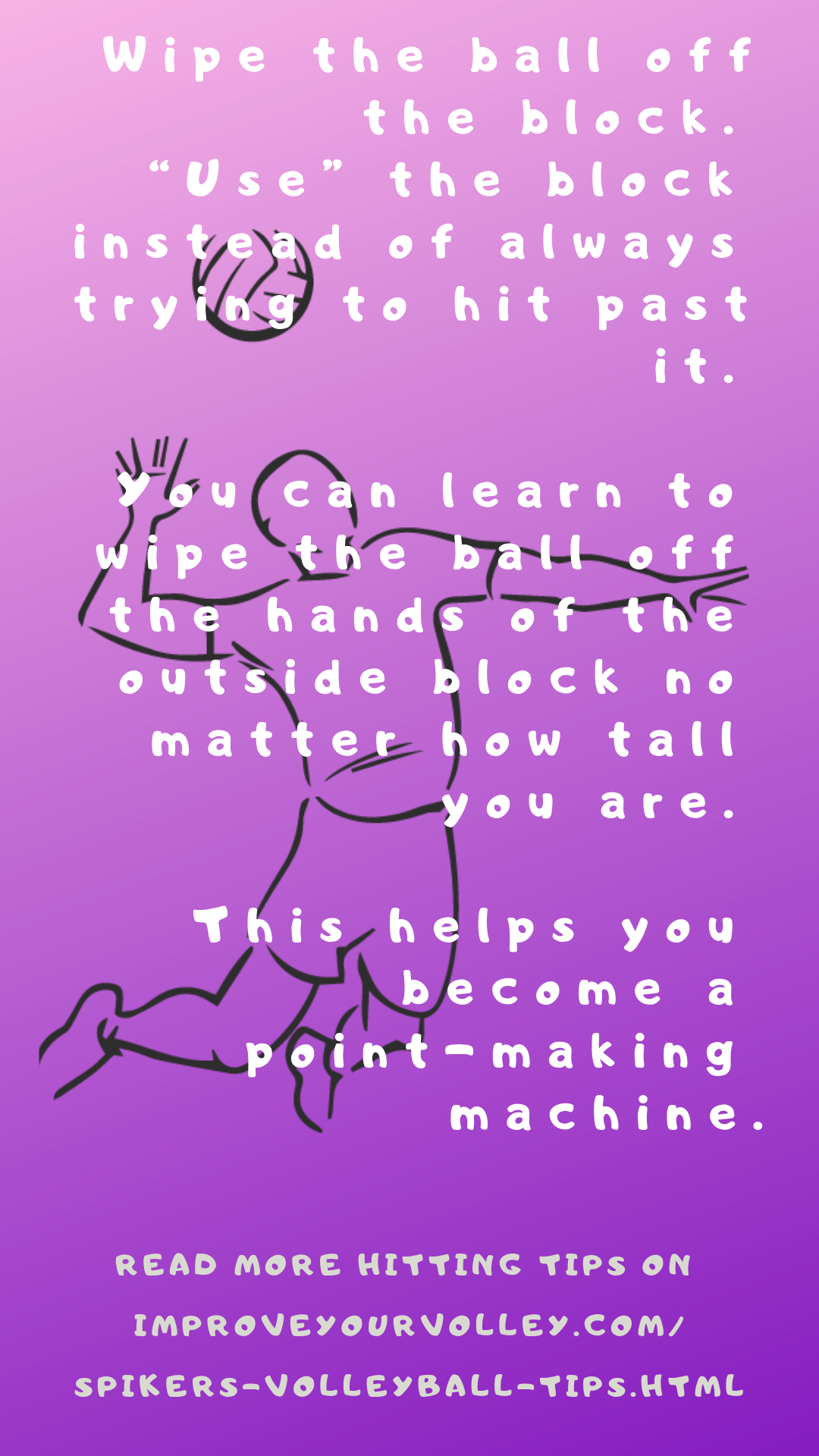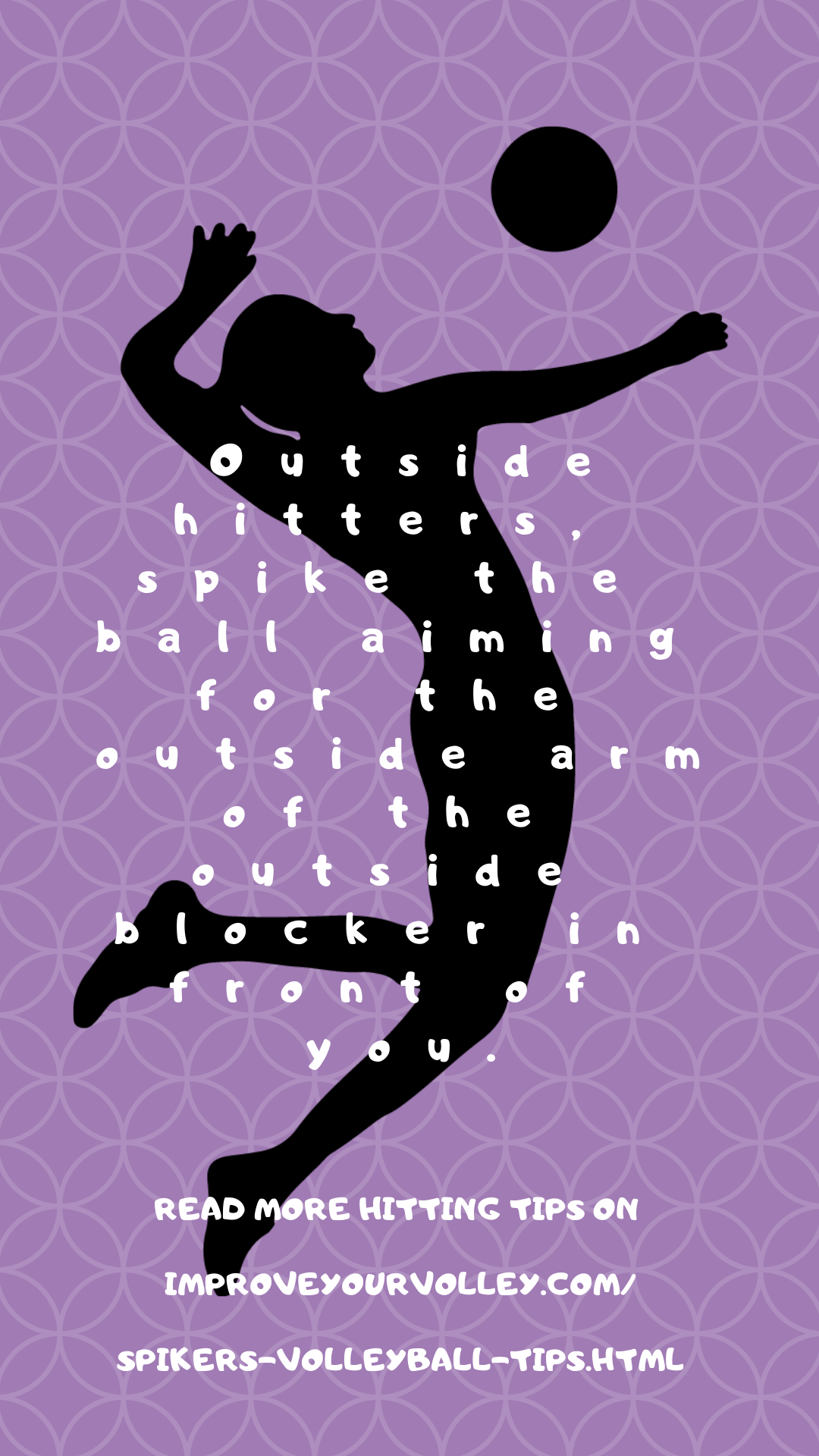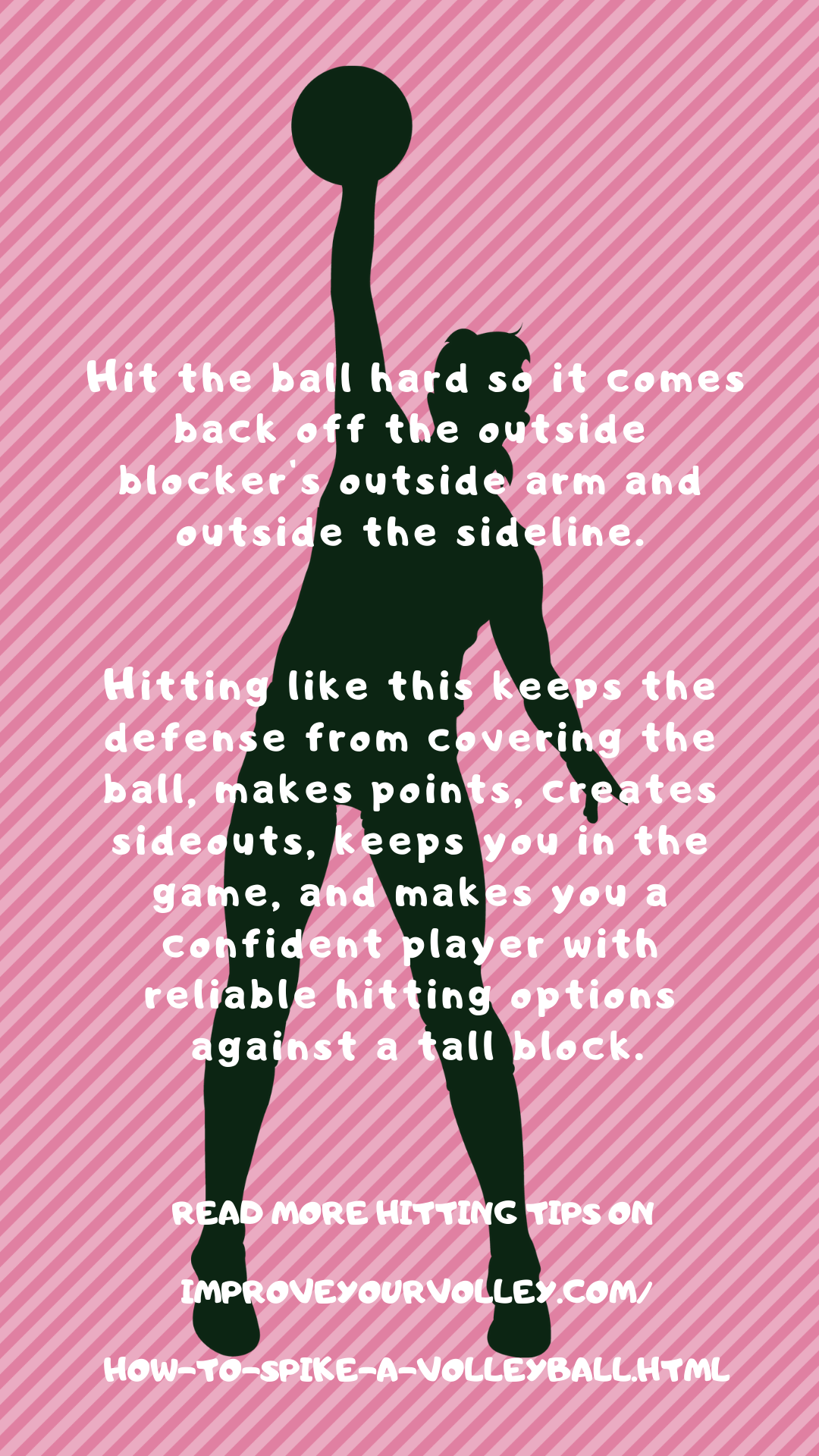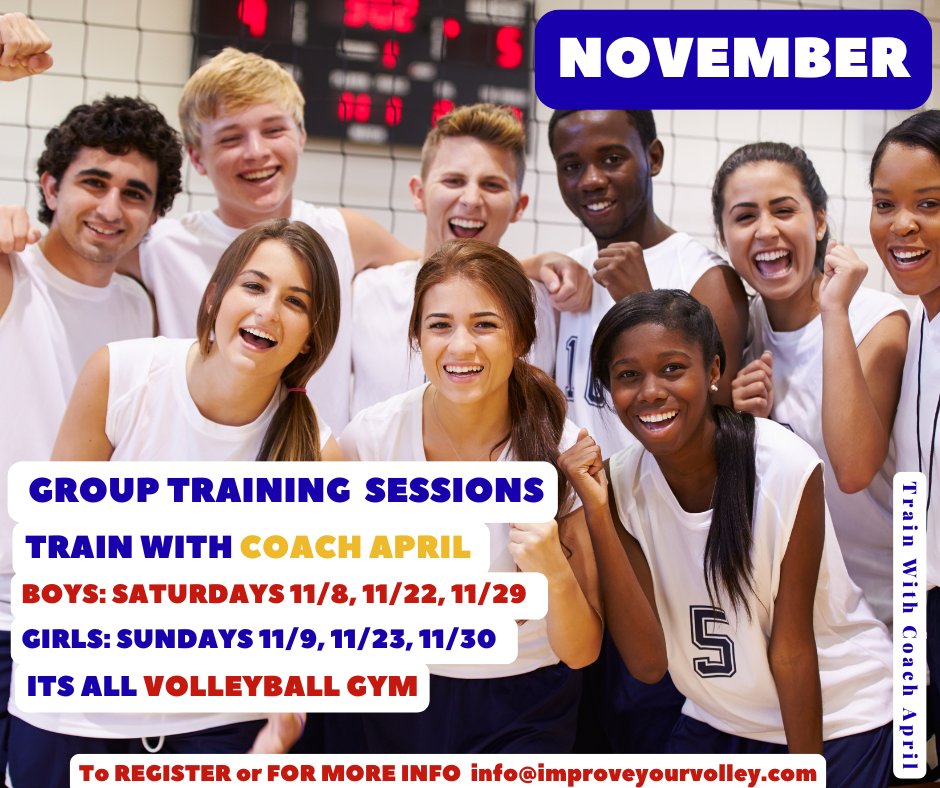 NOVEMBER Group Training with Coach April
Registration is NOW open for Group Training Sessions with me Coach April For BOYS on SATURDAYS 11/8, 11/22, 11/29
For GIRLS on SUNDAYS 11/9, 11/23, 11/30
From 10-11am at the Its All Volleyball gym.
Email: info@improveyourvolley.com to register or for more information
NOVEMBER Group Training with Coach April
Registration is NOW open for Group Training Sessions with me Coach April For BOYS on SATURDAYS 11/8, 11/22, 11/29
For GIRLS on SUNDAYS 11/9, 11/23, 11/30
From 10-11am at the Its All Volleyball gym.
Email: info@improveyourvolley.com to register or for more informationVolleyball Spike: The Basics For Attacking The Ball Hard For Points
A volleyball spike is the way a hitter attacks the ball after a spike approach sending it over the net to score a point in the opposing court with force.
The spike in volleyball is the way for a hitter to send a ball over the net past the block into the opposing court with force in an effort to score a point.
After you've learned how to spike a volleyball there's a kind of crazy satisfaction that hitters get, when you
- take a good aggressive spike approach,
- make high contact with the ball at its highest point and then
- spike the ball past the block into an open space on the opposing team's court for a point.
How Do You Spike in Volleyball?
The fundamentals of a good hard volleyball spike are...:
- a fast arm swing rotation with
- a high reach keeping the elbow high along with
- contacting the top third of the ball ...all combines to
- create a high paced hit with
- a downward trajectory that
- sends the ball past the block into an open space on the opposing court with force and intensity.
When you spike, where do you place your hand on the ball?
It's important when you spike the ball that your hand makes contact on the TOP third of the ball.
If not, then your spiked ball will not have a downward trajectory into the court, but instead will go sailing long towards the back wall and out of the court.
Volleyball Hitting Drills
To Do At Home
Are you looking to enhance your volleyball spike technique from the comfort of your own home?
In this section, I will provide you with specific drills and exercises that can help you improve your spike.
These drills are designed to enhance your arm swing rotation, timing, and power, enabling you to deliver a more effective spike on the court.
Below is the volleyball hitting drill I send players home to do as homework ..they do this to specifically work on increasing the speed of their arm swing rotation for their spike swing.
Now you can do it too.
- Drill 1: Arm Swing Rotation:
Stand with your feet shoulder-width apart, and hold a volleyball or a weighted ball in your hands.
Practice a fast and controlled arm swing rotation, starting with your arms raised above your head and bringing them down forcefully to simulate a spike.
Focus on keeping your elbow high throughout the rotation.
- Drill 2: Wall Hitting:
Find a sturdy wall and stand a few feet away from it.
Perform spiking motions, hitting the ball against the wall with power and accuracy.
Focus on timing, contact point, and follow-through.
- Drill 3: Shadow Spiking:
Stand in front of a mirror and visualize a scenario where you need to spike the ball.
Practice your spike technique, focusing on footwork, arm swing rotation, and contact point.
Use the mirror to analyze and correct your form.
- Drill 4: Resistance Band Training:
Attach a resistance band to a stable object and hold the other end in your hitting hand.
Practice your spike motion while resisting against the band's tension.
This exercise helps build arm and shoulder strength, enhancing your spike power.
- Drill 5: Jump Training:
Improving your vertical jump can significantly enhance your spiking ability.
Incorporate jump training exercises such as box jumps, vertical jumps, and depth jumps into your at-home workout routine.
A stronger jump will allow you to generate more power and height during your spike.
By incorporating these volleyball spike drills into your at-home training routine, you can improve your technique and become a more effective spiker.
Remember to practice proper form, focus on timing and power, and gradually increase the difficulty of the drills to continue challenging yourself.
With consistent practice, you'll be able to unleash powerful and accurate spikes on the volleyball court.
Frequently Asked Questions about Volleyball Spiking Techniques
Q: How can I improve my volleyball spike technique?
A: Improving your volleyball spike technique requires a combination of practice, strength training, and focusing on key components of the spike, such as arm swing rotation, timing, and power. Incorporating specific drills, exercises, and jump training into your training routine can help enhance your spike technique.
Q: How do I develop a powerful arm swing for spiking?
A: To develop a powerful arm swing, practice your swing rotation with a focus on speed and control. Start with your arms raised above your head and bring them down forcefully, ensuring your elbow stays high throughout the rotation. Incorporate resistance band training to build arm and shoulder strength.
Q: What is the ideal contact point for spiking the ball?
A: The ideal contact point for spiking is the top third of the ball. Striking the ball at this point allows for a downward trajectory and better control over the direction and power of your spike. Aim to contact the ball at its highest point to maximize your spiking effectiveness.
Q: Are there any specific drills I can do at home to improve my spiking technique?
A: Yes, there are several drills you can do at home to enhance your spiking technique. Some examples include practicing arm swing rotation, wall hitting exercises, shadow spiking in front of a mirror, resistance band training, and jump training exercises like box jumps and vertical jumps.
Q: How important is footwork in executing a successful spike?
A: Footwork is crucial in executing a successful spike. A proper approach is essential for generating power and height. Focus on a four-step spike approach, with the first two steps slow and the last two larger and faster, propelling you into the air for maximum reach and power during your spike.
Q: Can you recommend any resources to further improve my volleyball spike technique?
A: Yes, there are various resources available to improve your volleyball spike technique. You can consider watching instructional videos from reputable volleyball coaches and players, attending volleyball camps or clinics, or working with a qualified volleyball coach who can provide personalized guidance and feedback.
Q: How can I improve my timing for spiking?
A: Timing is crucial for a successful spike. Practice coordinating your approach and arm swing so that your jump and contact with the ball align perfectly. Incorporate drills that focus on timing and work closely with your setter to establish good communication and rhythm.
Q: What should I do if I consistently struggle with accuracy when spiking?
A: Improving accuracy in spiking requires consistent practice and focus. Pay attention to your arm swing, hand positioning, and wrist snap. Practice hitting specific targets and vary the speed and power of your spikes to develop better control and placement.
Q: How can I generate more power in my spike?
A: To generate more power in your spike, focus on developing strength and explosiveness in your lower body. Incorporate exercises like squats, lunges, and plyometric drills to improve leg and core strength, which will contribute to a more powerful spike.
Q: Are there any mental aspects I should consider when spiking?
A: Mental preparation plays a significant role in spiking. Stay confident and focused on your technique, trusting your training and instincts. Visualize a successful spike before attempting it, and maintain a positive mindset to perform at your best during matches.
Remember, every player's journey is unique, so it's important to assess your individual abilities and make adjustments accordingly.
Continuous practice, seeking feedback, and a growth mindset will help you improve your volleyball spiking techniques over time.
Do You Follow Me on Pinterest?
 Private or semiprivate volleyball indoor/sand lessons are an excellent way for young Las Vegas high school volleyball players to quickly improve their individual skills through a private or semi-private coaching experience.
These lessons are conducted by former pro volleyball player, former USA Volleyball High Performance instructor and Evaluator and Tstreet Vegas 18s head Coach April Chapple on a weekly basis.
Sign up now!
Private or semiprivate volleyball indoor/sand lessons are an excellent way for young Las Vegas high school volleyball players to quickly improve their individual skills through a private or semi-private coaching experience.
These lessons are conducted by former pro volleyball player, former USA Volleyball High Performance instructor and Evaluator and Tstreet Vegas 18s head Coach April Chapple on a weekly basis.
Sign up now!Follow me on Pinterest Volleybragswag to improve your game even faster!
I share alot of individual, partner and easy-to-do volleyball serving drills we do in class with my followers.
Many of these volleyball practice drills you can do at home by yourself or try at your next practice with your teammates.
If you're a B team or JV player trying to make varsity next year...your goal should be to complete 1000 reps a day of at least three of the basic skills on your own...volleyball passing, serving and setting should be at the top of the list.
Volleyball Basics:
Where Do you Go From Here?
No need to guess where you need to go now? Here are three options:
- Learn more about Spiking by clicking the related links below.
- Follow the suggested reading on our Sitemap page Learning How To Play (Sitemap)
- Or visit the pages in the How to Play Volleyball section in the drop down menu at the top of the page to get started.
- Before leaving this page Say "Hi" to Mr T.T. MUGB the Lion, wearing the #7 jersey below.
Meet T.T. Mugb, aka "Things That Make U Go Boom"
Lion and Ouside Hitter on VolleyBragSwag's All Beast Team
From Lady Vol to Legend: Coach April Produces Powerful Passionate Players...is that you?
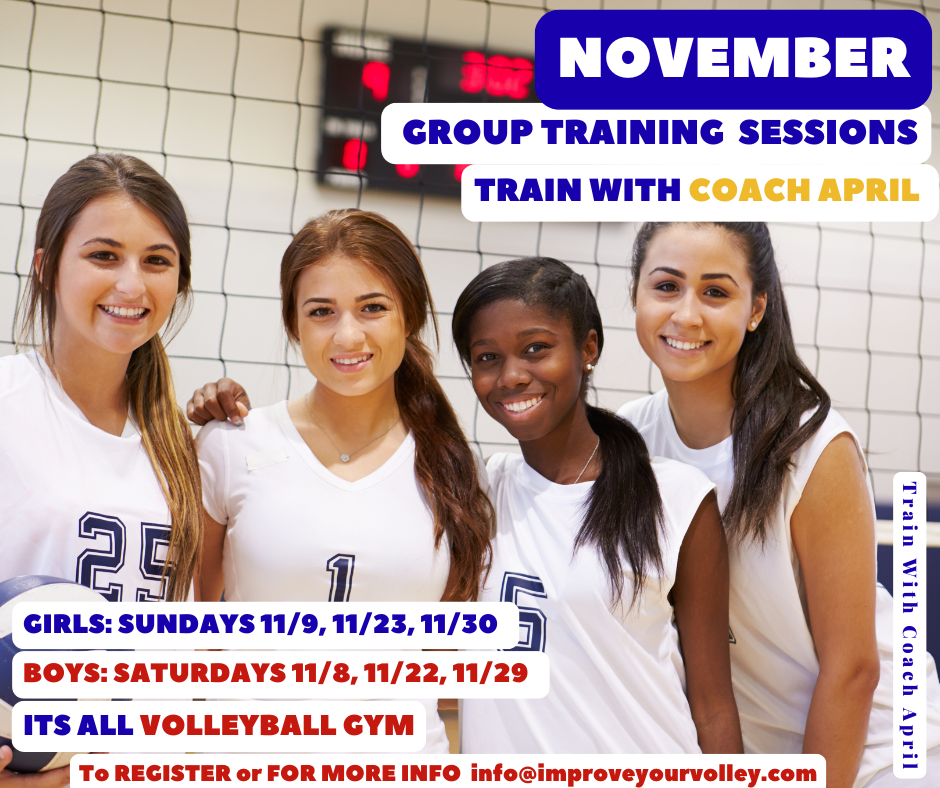
What Are You Looking For?
Click to Download Your Pre Serving Ritual Mastery Checklist pdf:
🎯Volleyball Pre Serving Ritual Guide -
Players! Learn How To Transform Your Serve from Weak to Weapon
Click to Download Your Parent's Volleyball Serving Checklist pdf
🎯Parent's Volleyball Serving Checklist Guide
Parents! Help Your Player Develop Championship Serves (Even If You've Never Played)

Hi there!
Thanks for stopping by. Hope you learned something today that will help you reach your volleyball goals.
Be sure to subscribe to my email newsletter so you can learn more each week!
Stay strong! Stay motivated!
-Coach April

SUSCRIBE to my email newsletter below!

 Click to learn more about the weekly volleyball classes and clinics or email info@imrpoveyourvolley.com for information
Click to learn more about the weekly volleyball classes and clinics or email info@imrpoveyourvolley.com for informationCongratulations to my seven Boys-18s Vegas Volley club players who played in two state championship finals yesterday, the 3A and 5A State champinship finals at Sunrise Mountain High School.
TOURNAMENT CHAMPIONS!
A-1 Vegas Volley VBC
In It To Win It Tournament
May 2 - 4, 2025 Tournament
Gold Medalists
18s Premier Division
Vegas Volleyball's Unsung Heroes: Celebrating Moms with Peace Love Volleyball Shirts
Ready to energize your volleyball mom journey?
Subscribe to my 'Producing Powerful Passionate Peaceful Players' email list above on ImproveYourVolley.com.
You'll receive energy-boosting tips, exclusive insights from me, Coach April Chapple on maintaining momentum in volleyball.
Let's power up the Vegas volleyball scene together!
Recent Articles
-
5 Hitting Volleyball Drills Helping You Learn To Hit The Ball Harder
Nov 05, 25 12:33 PM
With these hitting volleyball drills, you have to adopt a fearless and aggressive attitude when it comes to spiking the ball against a two person block. -
Two Hitting Drills Volleyball Players Do To Learn To Beat The Block
Nov 05, 25 12:32 PM
Here are two hitting drills volleyball players use in our practices to teach our hitters how to beat the block while hitting or attacking at the net. -
3 Hitting Drills For Volleyball Hitters To Improve Their Armswing Fast
Nov 05, 25 12:30 PM
Learning how to improve your armswing speed to create power is the focus of my 3 hitting drills for volleyball hitters wanting to score against big blockers.
